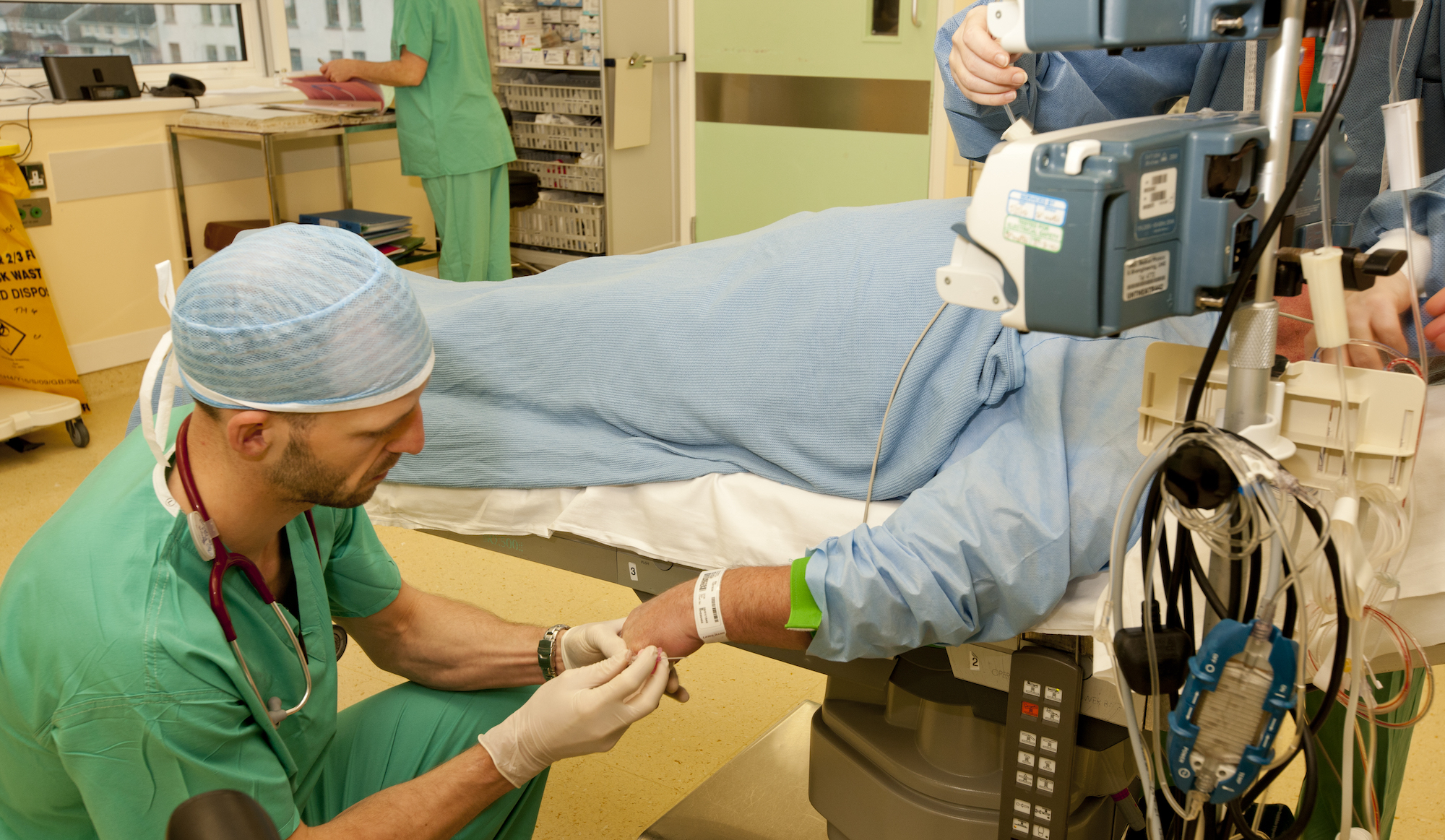What you can do
As an anaesthesiologist, the greatest impact you can have on emissions from daily practice is to reduce the usage of anaesthetic gases with a high global warming potential – desflurane and nitrous oxide being the worst.
- Avoid nitrous oxide whenever possible, and use oxygen/air as the carrier gas; the effect of the increased use of volatile agent to achieve an adequate depth of anaesthesia is more than offset by the benefit of eliminating nitrous oxide
- Minimise use of desflurane except for occasions when its use is really necessary
- Use low flow anaesthesia (max 1.5 l/min) during maintenance
- Consider swapping volatile agent-based anaesthesia for a TIVA technique
- Where appropriate, use of central neuraxial block or regional anaesthesia
10 practical actions for all doctors interested in combating climate change:
- Inform yourself about the basic science of climate change, the health benefits of taking action, and the urgency of doing so
- Advise your patients. Better diet and more walking and cycling will improve their health and reduce their carbon emissions
- Save energy and money through house insulation, turning off appliances and lights and reductions in use of goods and services
- Drive and fly less, walk or cycle more, teleconference/webcast
- Eat local food, less meat, and less processed food – a low carbon diet is a healthy diet. Drink tap water
- Advocate locally
- Agitate for personal carbon entitlements and financial incentives to reduce carbon costs
- Advocate population stabilisation, by promoting literacy and promoting women’s access to birth control, via the International Planned Parenthood Federation or Marie Stopes International.
- Advocate a climate change agenda at all meetings
- Ally yourself with other health professionals
*Adapted from BMJ 2008; 336: 1507:
